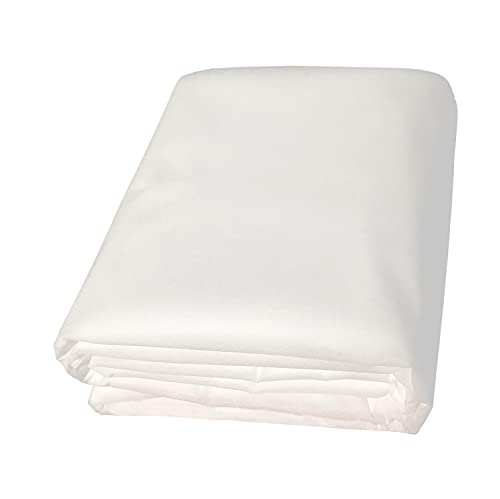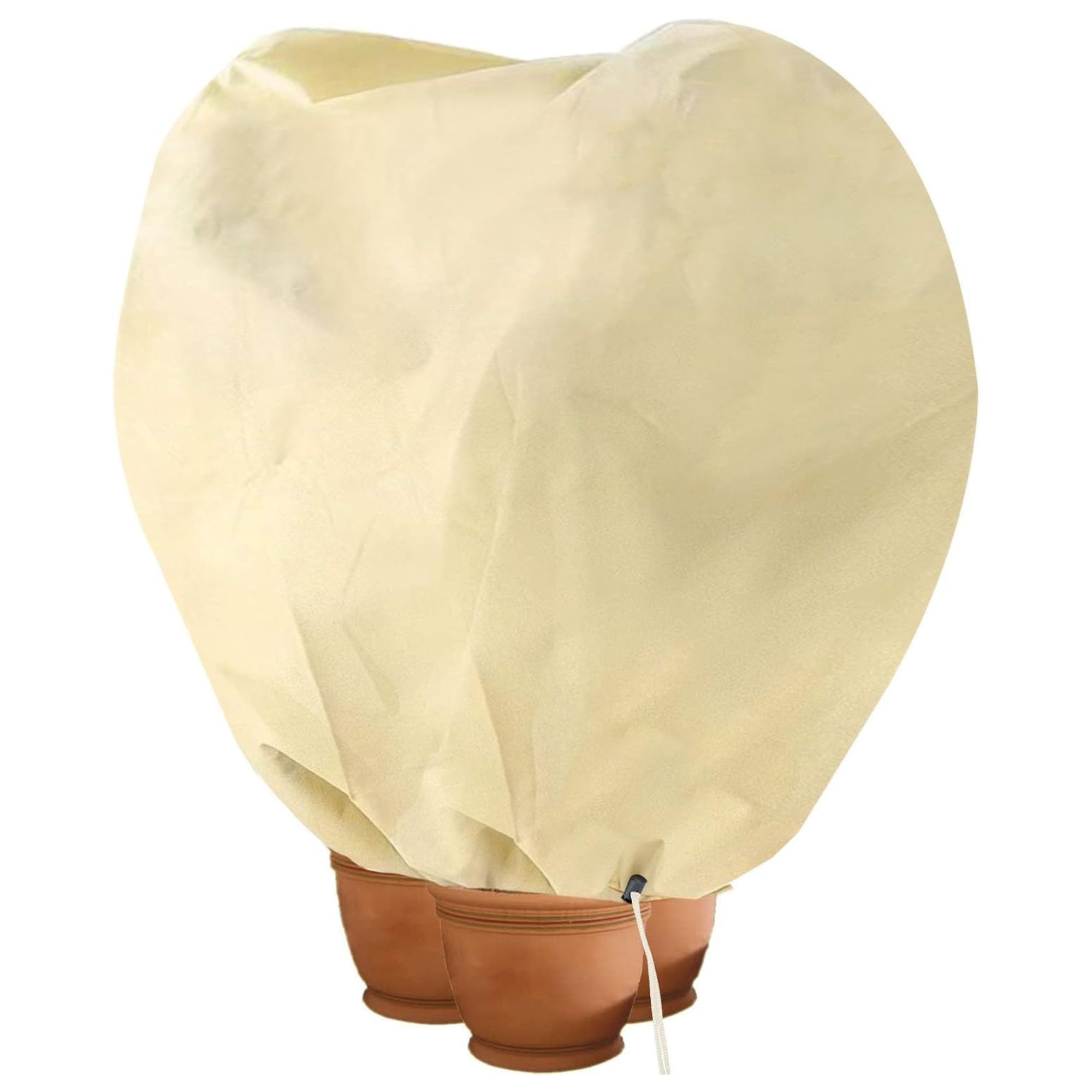What is overwintering? The key to keeping your plants alive despite the cold
What is overwintering, exactly? Here's all you need to know...
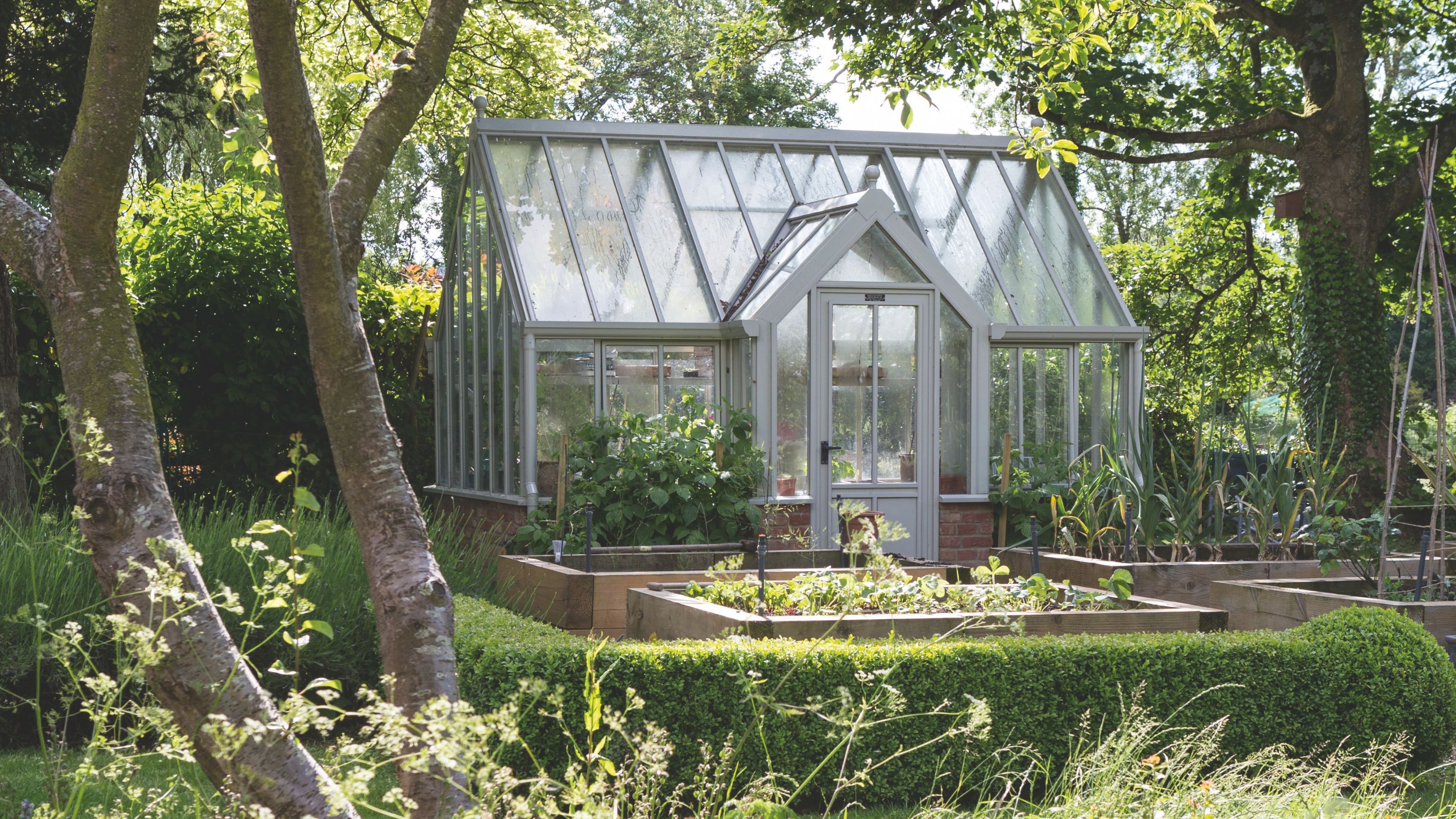

Sophie King
What is overwintering? It's a term that confuddles even the most green-fingered of us, but if you want to keep your plants thriving all year round, it's a good one to learn about.
Luckily, the definition is pretty straightforward. And once you've wrapped your head around it, and which overwintering mistakes to avoid, you'll be well on your way to overwintering lavenders in pots, geraniums and the like.
What is overwintering?
The clue is in the name when it comes to overwintering, as it's all to do with your plants surviving, well, over winter.
'Overwintering is all about giving plants extra protection from frosts and the cold, giving them the best chance of success to keep snug over the frosty months and help them to thrive in the new year,' says Rob Grayson, head of plant distribution at Hillier Garden Centres.
So, in short, overwintering is the process of helping plants survive the cold winter months. But they often need your help to do that, which is where all the different overwintering techniques come into play.
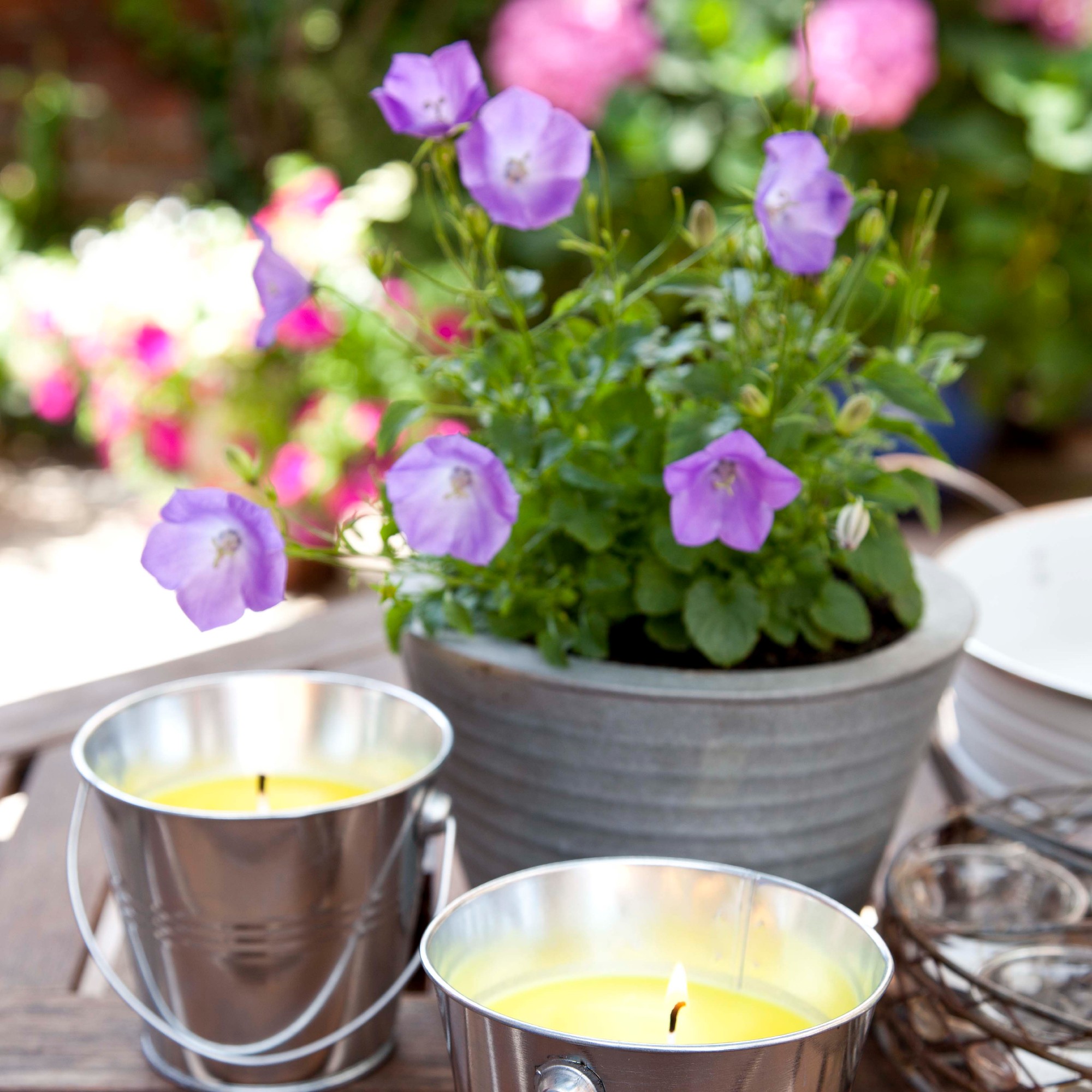
But does it apply to all plants?
'As autumn draws in, some plants need protection from cold weather,' says Andrew White, gardening expert at Rhino Greenhouses Direct. 'This generally applies to tender plants (those that won’t survive frost). Often, these plants come from warmer climates and can’t withstand UK winters.'
Sign up to our newsletter for style inspiration, real homes, project and garden advice and shopping know-how
Generally, container plants are more vulnerable to frosty weather. 'Plants in pots are more at risk from the cold as the entire root zone in the pot can freeze, especially in a cold snap after a wet period,' says Rob.

Less hardy and tender plants will especially benefit from extra care when overwintering. It's important to suss out your plants' individual needs if you want to give them the best chance of survival over the winter months, though.
Because, you guessed it, the answer to, 'What is overwintering?' will depend on the plant in question.
'The specific methods for overwintering can vary depending on the type of plant and the weather,' says Morris Hankinson, director of Hopes Grove Nurseries. 'It may involve bringing plants indoors, insulating them, or providing them with extra protection against freezing temperatures, frost, snow, and ice.'

Morris Hankinson is the founder and managing director of Hopes Grove Nurseries Ltd, the UK’s only specialist grower-retailer of hedging plants, which he established after graduating with a Commercial Horticulture Degree from Writtle College, Essex in 1992.
Still wondering what overwintering is? As mentioned already, it will look different depending on the plant you're trying to protect.
'The techniques for overwintering plants can include mulching, wrapping in hessian providing shelter, and controlling watering to prevent root damage caused by freezing and thawing,' says Morris.
Rob adds that herbaceous plants with tender bulbs or tubers can be dug up and overwintered stored in boxes of peat-free compost in the garden shed, so bear this in mind when overwintering dahlias or learning how to overwinter canna lilies in pots.
'Don’t let them completely dry out, but remember that keeping them too wet will lead to rot,' he adds. 'A light water over the compost once a week should be plenty!'
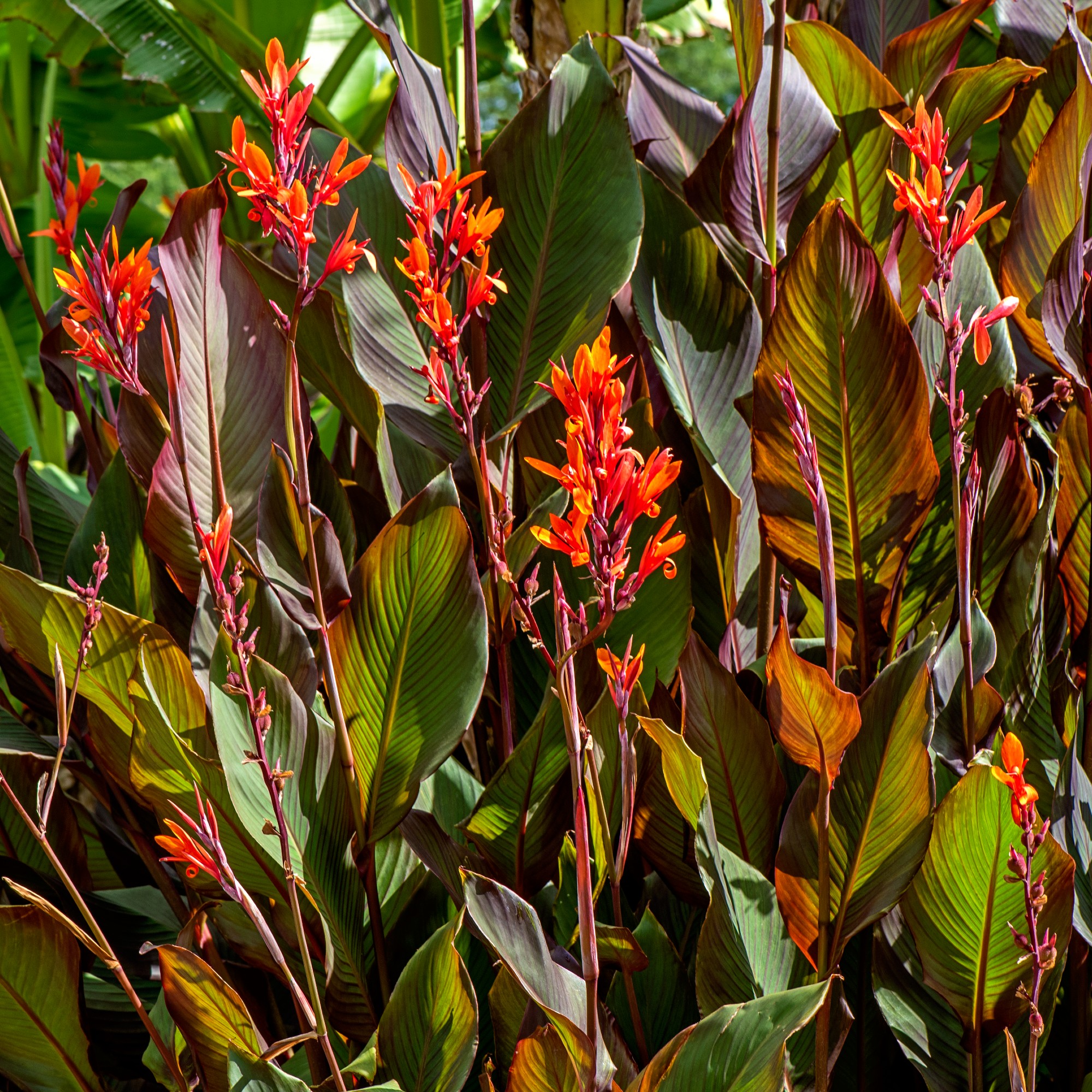
Of course, when it comes to overwintering geraniums and other potted plants, the easiest way to overwinter them is to make like the Scandis and bring them inside for coddling during the colder months.
'A cloche or cold frame can also be useful for tender plants in your borders,' adds Rob.
Finally, we'd have failed to answer the big 'What is overwintering?' question if we didn't tell you when to begin the process and start getting your garden ready for winter.
'To know when to start overwintering your plants, keep an eye on the weather forecast,' says Rob. 'Once overnight temperatures drop below 10-12°C, tender plants will need some protection.'
Overwintering essentials
FAQs
What is the difference between hibernation and overwintering?
When plants hibernate, they fall into a state of dormancy over the winter months. To conserve energy, they often lose their leaves and stop growing, and they need a lot less water and sunlight, too.
Overwintering refers to the process of surviving the winter months, too, but it often involves lending more tender plants a helping hand with frost protection and location changes.
What is an example of overwintering?
As previously mentioned, there are many different ways to overwinter plants. It could be as simple as learning how to protect plants from frost using one of the best plant covers for winter, or you might opt for mulching to protect plant roots. Cutting plants back for winter is another important step in overwintering certain perennials.
For tender potted plants, it's often recommended to move them indoors for overwintering. Bulbs, tubers and rhizomes are often lifted and stored somewhere cool and dark, ready to be unearthed in the spring.
Now that you've learned what overwintering is, it's time to start sussing out which of your favourite garden plants will need some TLC this winter.
And remember, bright sunny days often lead to cold nights without cloud cover, so be ready!

Kayleigh Dray became Ideal Home’s Acting Content Editor in the spring of 2023, and is very excited to get to work. She joins the team after a decade-long career working as a journalist and editor across a number of leading lifestyle brands, both in-house and as a freelancer.
- Sophie KingGardens Editor

